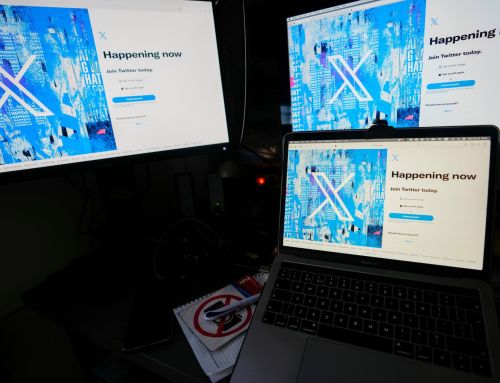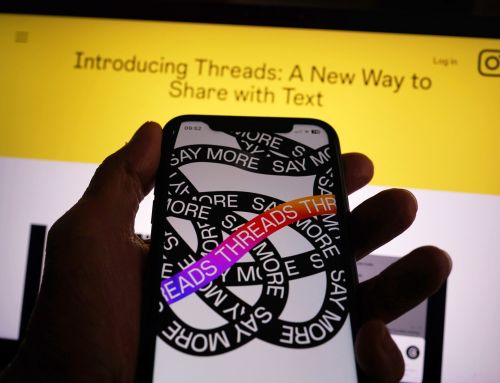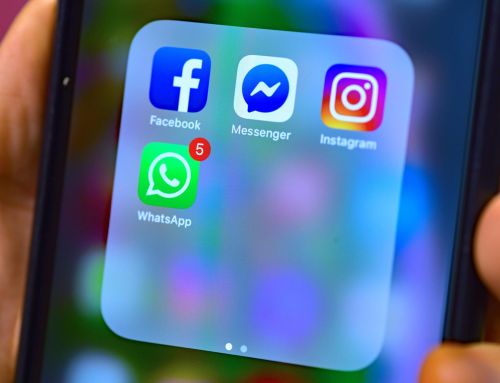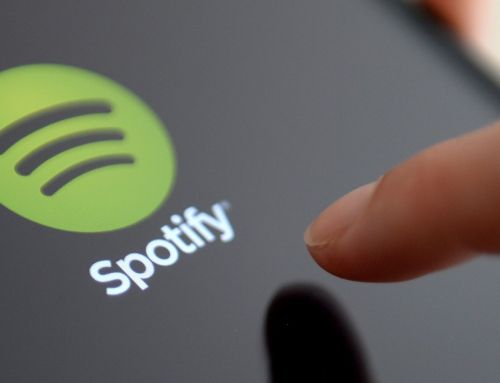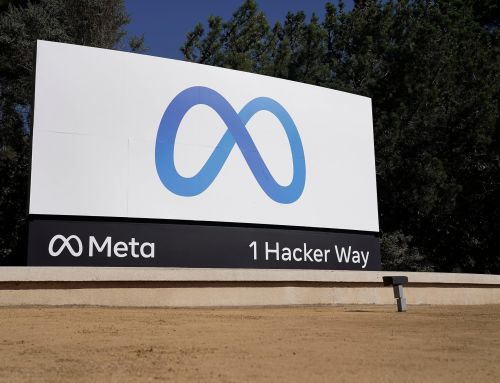YouTube has removed an account publishing videos of hoax calls with Cabinet ministers who were targeted by imposters allegedly linked to the Kremlin.
The video sharing giant blocked the account on Friday as part of its investigation into “influence operations linked to Russia” after days of pressure to block the clips.
Defence Secretary Ben Wallace and Home Secretary Priti Patel both featured in videos that have been trickling out on the Vovan222prank channel since Monday.
Things must be going so badly for the Kremlin that they are now resorting to pranks and video fakes. Not the actions of a confident Government, but then again after the Salisbury Cathedral sightseeing story, anything is possible…..👇🏻 pic.twitter.com/GE6B1VNGNt
— Rt. Hon Ben Wallace MP (@BWallaceMP) March 21, 2022
The pair thought they were talking to Ukrainian prime minister Denys Shmyhal, but were in fact speaking to an imposter in what officials believe is a Russian disinformation campaign.
The Google-owned firm did not find that the videos breached its “community guidelines”, but removed it following an investigation into whether it was running an influence campaign.
A YouTube spokesman sad: “We have terminated the YouTube channel Vovan222prank as part of our ongoing investigation into coordinated influence operations linked to Russia.”
We are calling on YouTube to help us support Ukraine by taking down videos doctored by the Russian state and disseminated to try and sap the morale of a people fighting for their freedom 🇺🇦
— Ministry of Defence 🇬🇧 (@DefenceHQ) March 23, 2022
The delay in removing the videos had enraged some in the Ministry of Defence, which published a letter to YouTube calling for it to delete the “Russian propaganda”.
On Wednesday, a defence source went as far as saying: “YouTube is in danger of aiding and abetting the Russian state propaganda machine, putting people at risk.”
Downing Street accused Vladimir Putin’s Russian state of being behind the phoney calls from self-styled pranksters “Vovan and Lexus”.
It was thought the campaign was designed to embarrass ministers and sow divisions between allies supporting Ukraine in its resistance.

